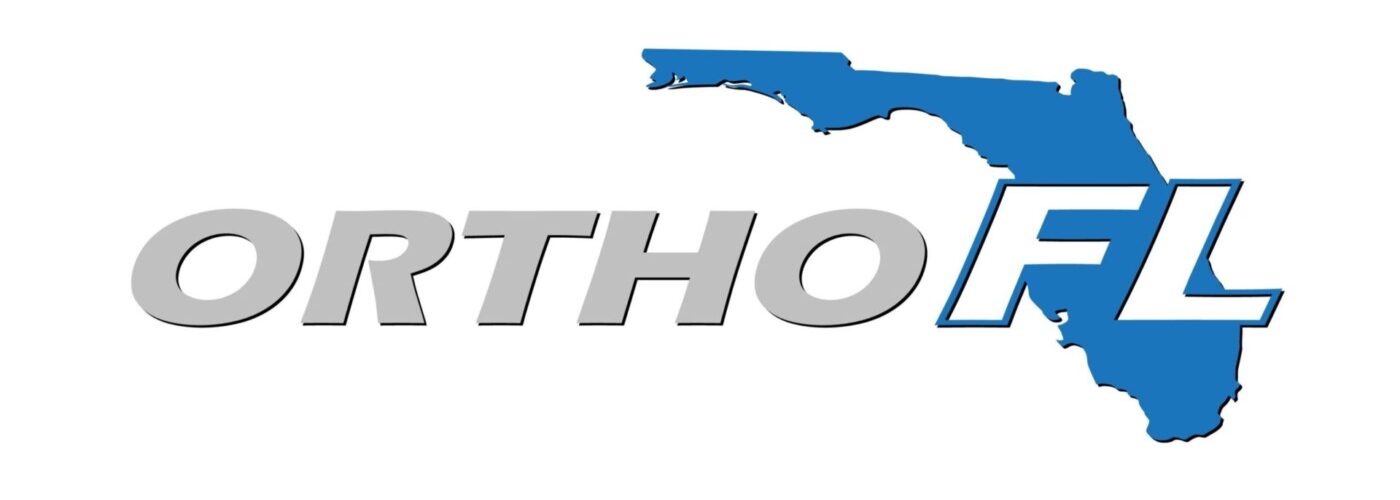
Efficient operations are not just a necessity, but a key driver of success for any orthopedic practice. By streamlining processes, you can significantly enhance patient satisfaction, improve staff morale, and boost profitability. This blog delves into proven strategies for optimizing orthopedic practice management and improving practice efficiency, highlighting the tangible benefits of these efforts.
Why Streamlining Operations Matters in Orthopedic Practices
Orthopedic practices are often complex, managing multiple specialists, diverse treatment options, and a high volume of patients. Needs to be more efficient in scheduling, billing, or communication can lead to long wait times, billing errors, and dissatisfied patients. Addressing these inefficiencies can result in:
- Enhanced Patient Experience: Faster appointment times and smoother processes.
- Increased Revenue: Reducing operational waste directly impacts profitability.
- Improved Staff Morale: Streamlined operations allow staff to focus on patient care, not administrative burdens.
Effective orthopedic practice management strategies can help your practice thrive in a competitive healthcare landscape.
Key Strategies for Streamlining Orthopedic Practice Operations
1. Leverage Technology for Efficient Practice Management
Technology plays a pivotal role in modernizing operations and improving practice efficiency. Key tools include:
- Electronic Health Records (EHRs): Streamlined access to patient information minimizes administrative tasks and reduces errors.
- Practice Management Software: Automates scheduling, billing, and reporting, providing real-time insights into practice performance.
- Telemedicine Solutions: Facilitates remote consultations, reducing no-show rates and expanding patient accessibility.
Implementing an integrated technology platform can unify these tools and provide seamless communication between staff, patients, and providers.
2. Optimize Scheduling and Patient Flow
Efficient scheduling ensures maximum patient throughput without overburdening staff. Strategies include:
- Centralized Scheduling: Utilize a single scheduling system to prevent overbooking and eliminate gaps in the calendar.
- Automated Appointment Reminders: Reduce no-show rates with text or email reminders.
- Real-Time Adjustments: Monitor patient flow throughout the day and make real-time adjustments to minimize wait times.
Additionally, consider offering online booking options. This would allow patients to select appointments that suit their schedules while reducing administrative workload.
3. Enhance Billing and Revenue Cycle Management
Billing errors and inefficient revenue cycle processes can hinder financial performance. Orthopedic practices can improve practice efficiency by:
- Automating Billing Processes: Minimize manual entry errors with software that generates accurate bills and manages claims submissions.
- Conducting Regular Training: Ensure billing staff are up-to-date with the latest insurance policies and coding requirements.
- Outsourcing Revenue Cycle Management (RCM): For practices struggling with internal billing, outsourcing RCM can provide expert support while freeing up in-house resources.
Efficient billing practices ensure steady cash flow and reduce delays in reimbursements.
4. Streamline Administrative Tasks
Administrative burdens often detract from more critical responsibilities. By implementing the following strategies, you can lighten the load and allow your team to focus on what truly matters: patient care.
- Delegate Non-Clinical Tasks: Free up providers by assigning administrative duties to dedicated support staff or outsourcing tasks such as transcription or data entry.
- Implement Workflow Automation: Use automated tools for staff scheduling, inventory management, and compliance tracking.
- Conduct Regular Audits: Identify bottlenecks in administrative processes and implement solutions to eliminate inefficiencies.
Orthopedic practices can allocate more time to patient care and strategic planning by reducing administrative workload.
5. Foster Team Collaboration and Training
A cohesive and well-trained team is essential for operational success. Orthopedic practices can improve efficiency by:
- Encouraging Open Communication: Hold regular meetings to discuss challenges, share feedback, and implement solutions collectively.
- Providing Ongoing Training: Equip staff with the knowledge and skills to handle new technologies and regulatory changes effectively.
- Creating a Positive Work Environment: Recognize and reward staff contributions to boost morale and productivity.
A motivated and well-informed team directly impacts the practice’s ability to deliver excellent care efficiently.
6. Utilize Data for Informed Decision-Making
Data analytics can uncover valuable insights into practice operations. Orthopedic practices should:
- Track Key Performance Indicators (KPIs): Monitor patient wait times, appointment volume, and revenue per visit.
- Analyze Patient Demographics: Understand the needs of your patient population to tailor services effectively.
- Implement Predictive Analytics: Anticipate future demand and allocate resources accordingly.
By leveraging data, practices can make informed decisions that enhance operational efficiency.
7. Streamline Supply Chain and Inventory Management
Orthopedic practices often require specialized equipment and supplies. To manage these efficiently:
- Implement Inventory Management Software: Track usage patterns by ensuring optimal stock levels and reducing waste.
- Partner with Reliable Vendors: Establish strong relationships with suppliers to ensure timely delivery of high-quality products.
- Conduct Regular Audits: Review inventory processes to identify cost savings and efficiency improvement opportunitiess.
Efficient inventory management minimizes disruptions to care delivery while controlling costs.
8. Adopt Patient-Centered Care Models
Patient-centered care improves satisfaction and retention, directly contributing to practice success. Strategies include:
- Empowering Patients Through Education: Providing clear information about conditions, treatments, and care plans can make patients feel more knowledgeable and in control of their health journey.
- Streamlining Check-In Processes: Use digital check-in kiosks or mobile apps to reduce wait times and paperwork.
- Gathering Patient Feedback: Regularly collect and analyze feedback to identify areas for improvement.
Satisfied patients are more likely to recommend your practice, creating steady referrals and contributing to long-term growth.
9. Ensure Regulatory Compliance
Compliance with healthcare regulations is critical for avoiding penalties and maintaining trust. Orthopedic practices can streamline compliance efforts by:
- Automating Compliance Tracking: Use software to monitor credentialing, licensing, and mandatory reporting requirements.
- Standardizing Documentation: Ensure all staff adhere to consistent procedures for recording patient information and filing reports.
- Staying Informed: Regularly reviewing updates to regulations affecting orthopedic practices and adjusting policies accordingly can help you stay ahead and feel more secure in your compliance efforts.
Streamlined compliance processes reduce risks and free up resources for patient care.
10. Evaluate and Adjust Regularly
Continuous improvement is key to maintaining streamlined operations. Regular evaluations should include:
- Conducting Workflow Assessments: Identify bottlenecks and implement targeted solutions.
- Soliciting Feedback: Engage staff and patients to gain insights into operational strengths and weaknesses.
- Adopting a Flexible Mindset: Adjust strategies as needs and circumstances change.
By committing to ongoing evaluation, orthopedic practices can remain agile and responsive to challenges.
Frequently Asked Questions (FAQs)
1. What is orthopedic practice management?
Orthopedic practice management involves overseeing the administrative and operational aspects of an orthopedic practice. This includes scheduling, billing, compliance, inventory management, and staff coordination to ensure efficient and effective patient care.
2. How can technology improve practice efficiency?
Technology such as EHRs, practice management software, and telemedicine solutions streamline administrative tasks, improve patient communication, and reduce errors, resulting in more efficient operations.
3. What are KPIs, and why are they important for orthopedic practices?
Key Performance Indicators (KPIs) are metrics that track the performance of various aspects of a practice, such as patient wait times, appointment volume, and billing efficiency. Monitoring KPIs helps identify areas for improvement and measure the success of operational changes.
4. Why should practices consider outsourcing revenue cycle management?
Outsourcing revenue cycle management (RCM) allows orthopedic practices to focus on patient care while experts handle billing, claims submission, and revenue tracking, often resulting in improved financial outcomes.
Conclusion
Streamlining operations is a multifaceted process requiring technology, team collaboration, and data-driven decision-making. By implementing the above-mentioned strategies, orthopedic practices can improve efficiency, enhance patient satisfaction, and achieve sustainable growth.
Ortho Florida specializes in helping practices optimize their operations through tailored solutions designed to meet the unique needs of orthopedic providers. Contact us today to learn how we can assist your practice in achieving peak efficiency and operational success.



